Ford Puma vs smart #1 – Differences & prices compared
Everyday use, family trips or long-distance drives – here’s where the differences show.
Discover whether Ford Puma or smart #1 fits your lifestyle better.
Costs and Efficiency:
Price and efficiency are key factors when choosing a car – and this is often where the real differences emerge.
Ford Puma has a noticeable advantage in terms of price – it starts at 24800 £, while the smart #1 costs 31700 £. That’s a price difference of around 6934 £.
In terms of energy consumption, the advantage goes to the Ford Puma: with 13.10 kWh per 100 km, it’s distinct more efficient than the smart #1 with 16.80 kWh. That’s a difference of about 3.70 kWh.
As for range, the smart #1 performs slightly better – achieving up to 440 km, about 64 km more than the Ford Puma.
Engine and Performance:
Power, torque and acceleration are the classic benchmarks for car enthusiasts – and here, some clear differences start to show.
When it comes to engine power, the smart #1 has a clearly edge – offering 428 HP compared to 168 HP. That’s roughly 260 HP more horsepower.
In acceleration from 0 to 100 km/h, the smart #1 is clearly quicker – completing the sprint in 3.90 s, while the Ford Puma takes 7.40 s. That’s about 3.50 s faster.
In terms of top speed, the Ford Puma performs somewhat better – reaching 210 km/h, while the smart #1 tops out at 180 km/h. The difference is around 30 km/h.
There’s also a difference in torque: smart #1 pulls clearly stronger with 584 Nm compared to 290 Nm. That’s about 294 Nm difference.
Space and Everyday Use:
Whether family car or daily driver – which one offers more room, flexibility and comfort?
Both vehicles offer seating for 5 people.
In curb weight, Ford Puma is clearly perceptible lighter – 1316 kg compared to 1780 kg. The difference is around 464 kg.
In terms of boot space, the Ford Puma offers noticeable more room – 523 L compared to 323 L. That’s a difference of about 200 L.
In maximum load capacity, the Ford Puma performs evident better – up to 1283 L, which is about 297 L more than the smart #1.
When it comes to payload, smart #1 slight takes the win – 470 kg compared to 469 kg. That’s a difference of about 1 kg.
Who wins the race?
The smart #1 proves to be outperforms in nearly all aspects and therefore becomes our DriveDuel Champion!
smart #1 is the better all-rounder in this comparison.

smart #1
Ford Puma
The Ford Puma presents itself as a stylish compact SUV with a distinctive design that combines practicality with a dynamic driving experience. Its sleek lines and sporty aesthetics make it stand out on the road, while the interior offers a comfortable and tech-savvy environment. With an emphasis on efficiency and a smooth drive, the Ford Puma is well-suited for both urban commutes and countryside adventures.
details @ puma.fordpresskits.com
@ puma.fordpresskits.com
 @ puma.fordpresskits.com
@ puma.fordpresskits.com
 @ puma.fordpresskits.com
@ puma.fordpresskits.com
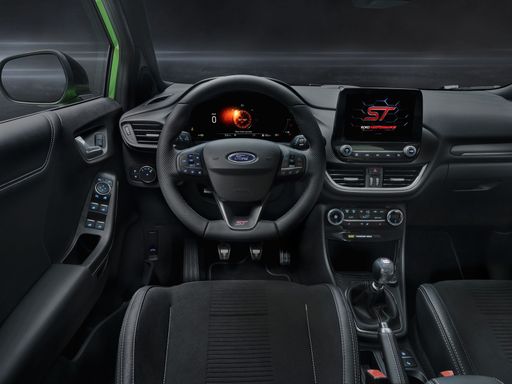 @ puma.fordpresskits.com
@ puma.fordpresskits.com
smart #1
The smart #1 marks a significant evolution in design philosophy, merging urban practicality with modern aesthetics. Its compact size belies a spacious interior, crafted to offer a comfortable and connected driving experience. With its focus on eco-friendly motoring, the smart #1 is set to charm city dwellers seeking both efficiency and style.
details @ Smart Deutschland
@ Smart Deutschland
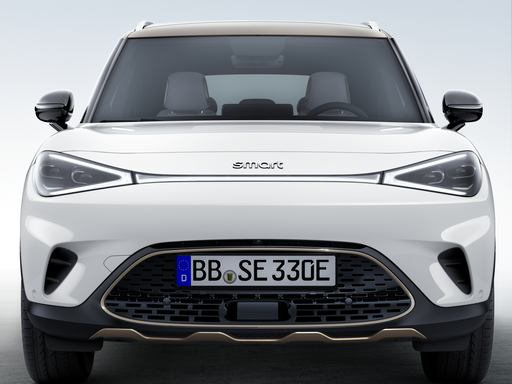 @ Smart Deutschland
@ Smart Deutschland
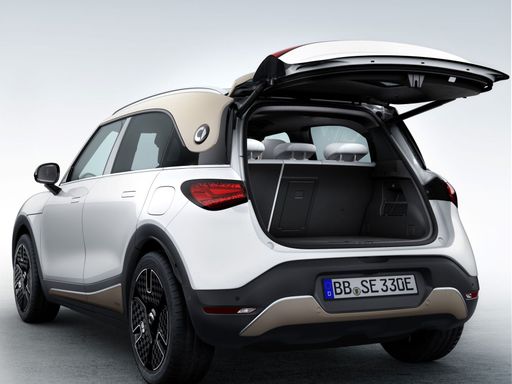 @ Smart Deutschland
@ Smart Deutschland
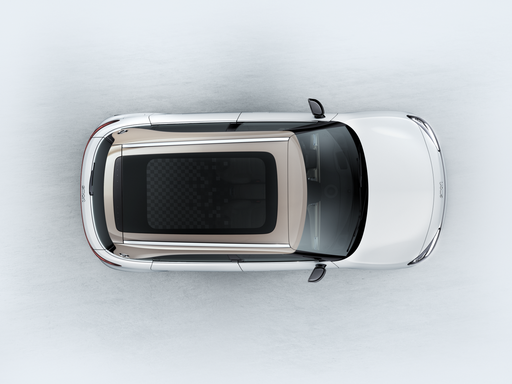 @ Smart Deutschland
@ Smart Deutschland
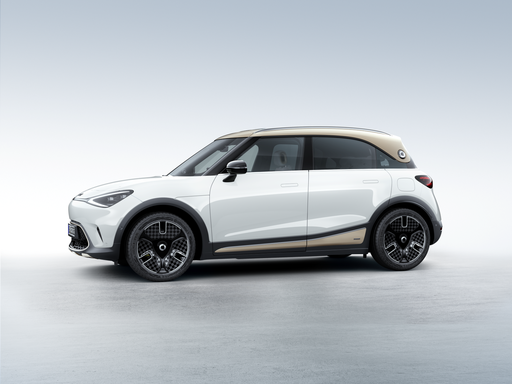 @ Smart Deutschland
@ Smart Deutschland
 @ Smart Deutschland
@ Smart Deutschland
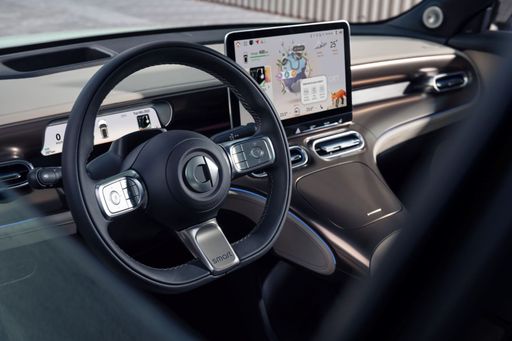 @ Smart Deutschland
@ Smart Deutschland

|

|
|
|
|
Costs and Consumption |
|
|---|---|
|
Price
24800 - 36300 £
|
Price
31700 - 45000 £
|
|
Consumption L/100km
5.4 - 5.9 L
|
Consumption L/100km
-
|
|
Consumption kWh/100km
13.1 - 13.9 kWh
|
Consumption kWh/100km
16.8 - 18.2 kWh
|
|
Electric Range
361 - 376 km
|
Electric Range
310 - 440 km
|
|
Battery Capacity
43 kWh
|
Battery Capacity
47 - 62 kWh
|
|
co2
0 - 135 g/km
|
co2
0 g/km
|
|
Fuel tank capacity
42 L
|
Fuel tank capacity
-
|
Dimensions and Body |
|
|---|---|
|
Body Type
SUV
|
Body Type
SUV
|
|
Seats
5
|
Seats
5
|
|
Doors
5
|
Doors
5
|
|
Curb weight
1316 - 1563 kg
|
Curb weight
1780 - 1900 kg
|
|
Trunk capacity
456 - 523 L
|
Trunk capacity
313 - 323 L
|
|
Length
4186 - 4226 mm
|
Length
4270 - 4300 mm
|
|
Width
1805 mm
|
Width
1822 mm
|
|
Height
1550 - 1555 mm
|
Height
1636 mm
|
|
Max trunk capacity
1216 - 1283 L
|
Max trunk capacity
976 - 986 L
|
|
Payload
367 - 469 kg
|
Payload
425 - 470 kg
|
Engine and Performance |
|
|---|---|
|
Engine Type
Electric, Petrol MHEV
|
Engine Type
Electric
|
|
Transmission
Automatic, Manuel
|
Transmission
Automatic
|
|
Transmission Detail
Reduction Gearbox, Manual Gearbox, Dual-Clutch Automatic
|
Transmission Detail
Reduction Gearbox
|
|
Drive Type
Front-Wheel Drive
|
Drive Type
Rear-Wheel Drive, All-Wheel Drive
|
|
Power HP
125 - 168 HP
|
Power HP
272 - 428 HP
|
|
Acceleration 0-100km/h
7.4 - 9.8 s
|
Acceleration 0-100km/h
3.9 - 6.7 s
|
|
Max Speed
160 - 210 km/h
|
Max Speed
180 km/h
|
|
Torque
170 - 290 Nm
|
Torque
343 - 584 Nm
|
|
Number of Cylinders
3
|
Number of Cylinders
-
|
|
Power kW
92 - 124 kW
|
Power kW
200 - 315 kW
|
|
Engine capacity
999 cm3
|
Engine capacity
-
|
General |
|
|---|---|
|
Model Year
2025
|
Model Year
2023 - 2024
|
|
CO2 Efficiency Class
A, D
|
CO2 Efficiency Class
A
|
|
Brand
Ford
|
Brand
smart
|
Is the Ford Puma offered with different drivetrains?
The Ford Puma is offered with Front-Wheel Drive.
The prices and data displayed are estimates based on German list prices and may vary by country. This information is not legally binding.
